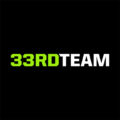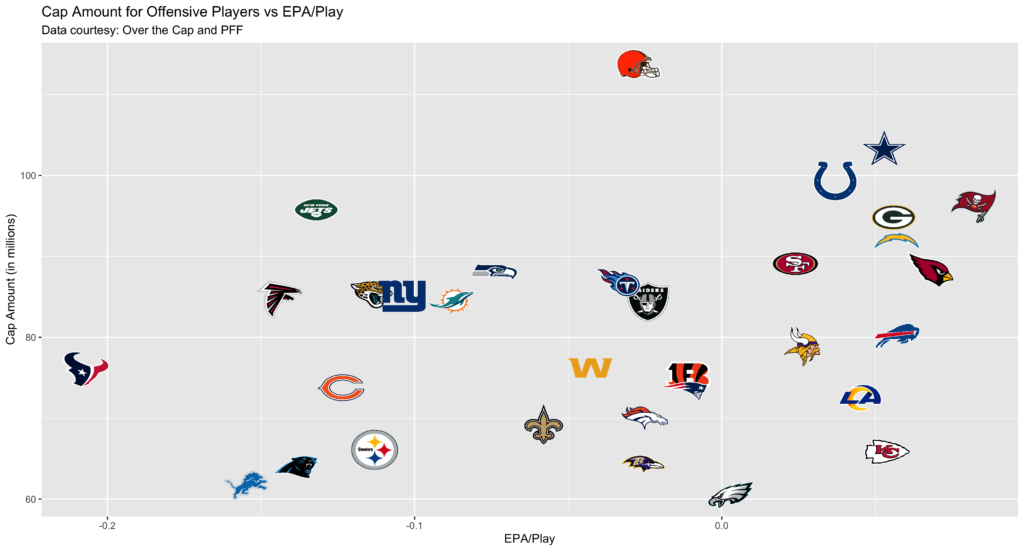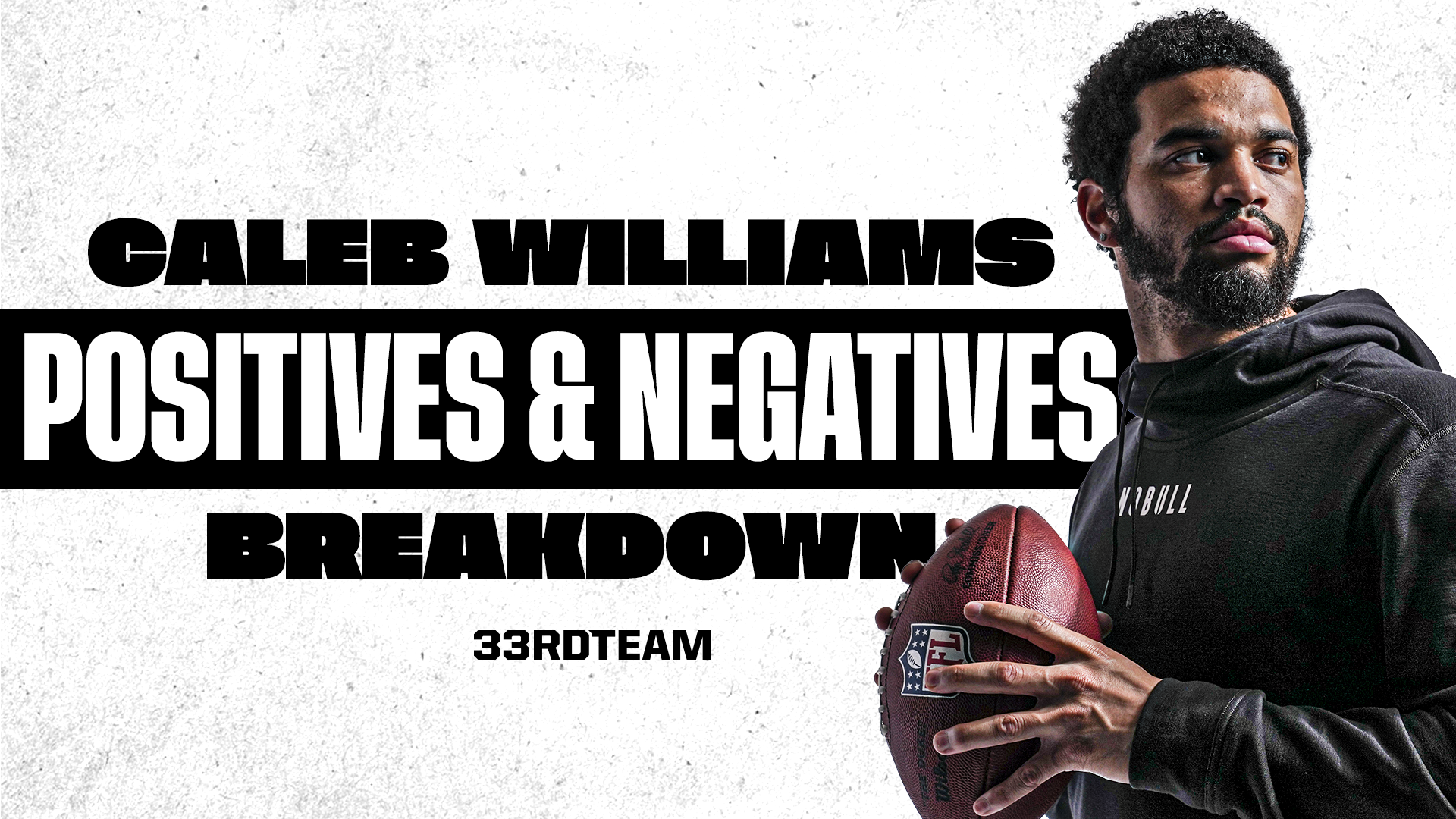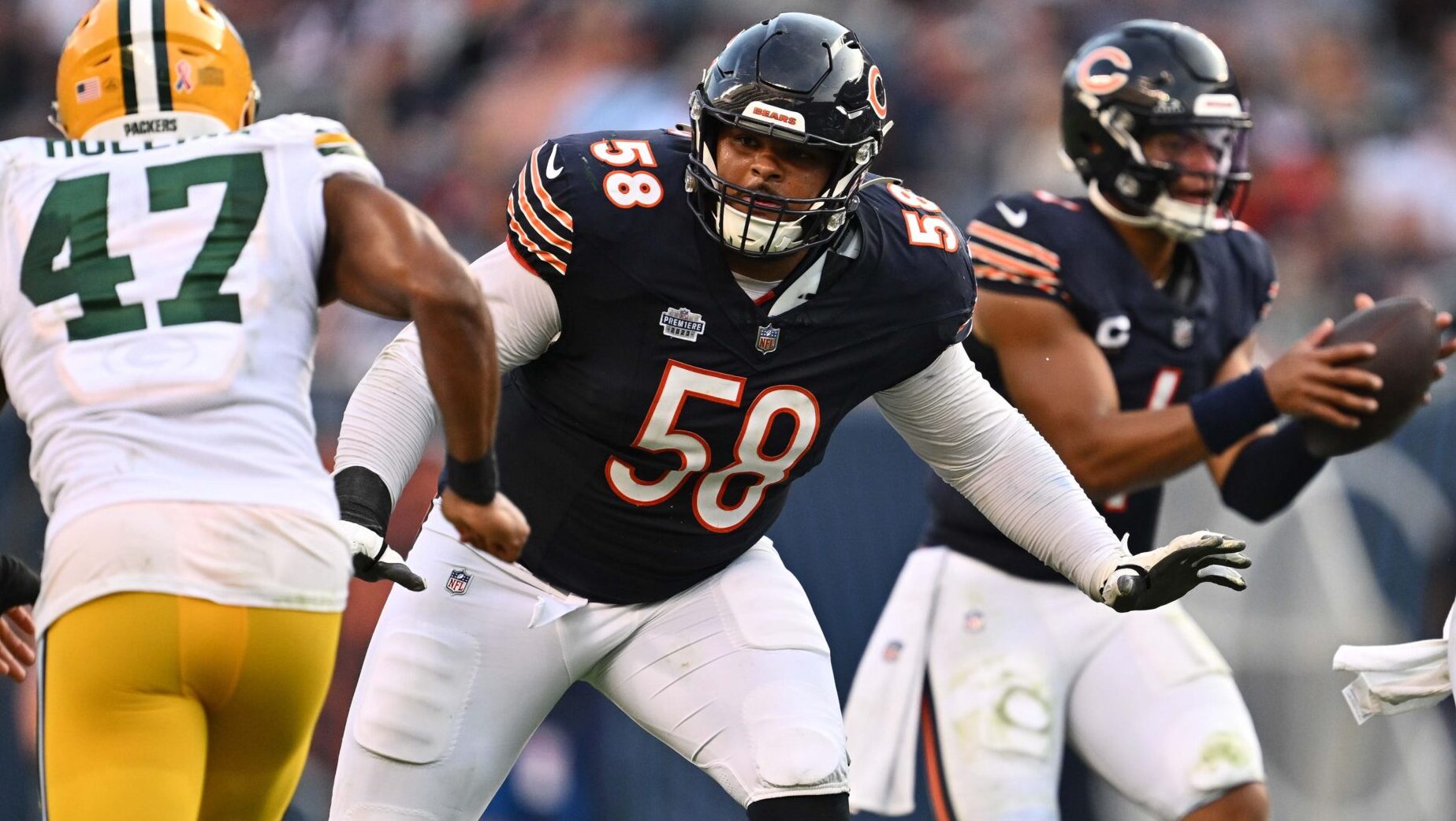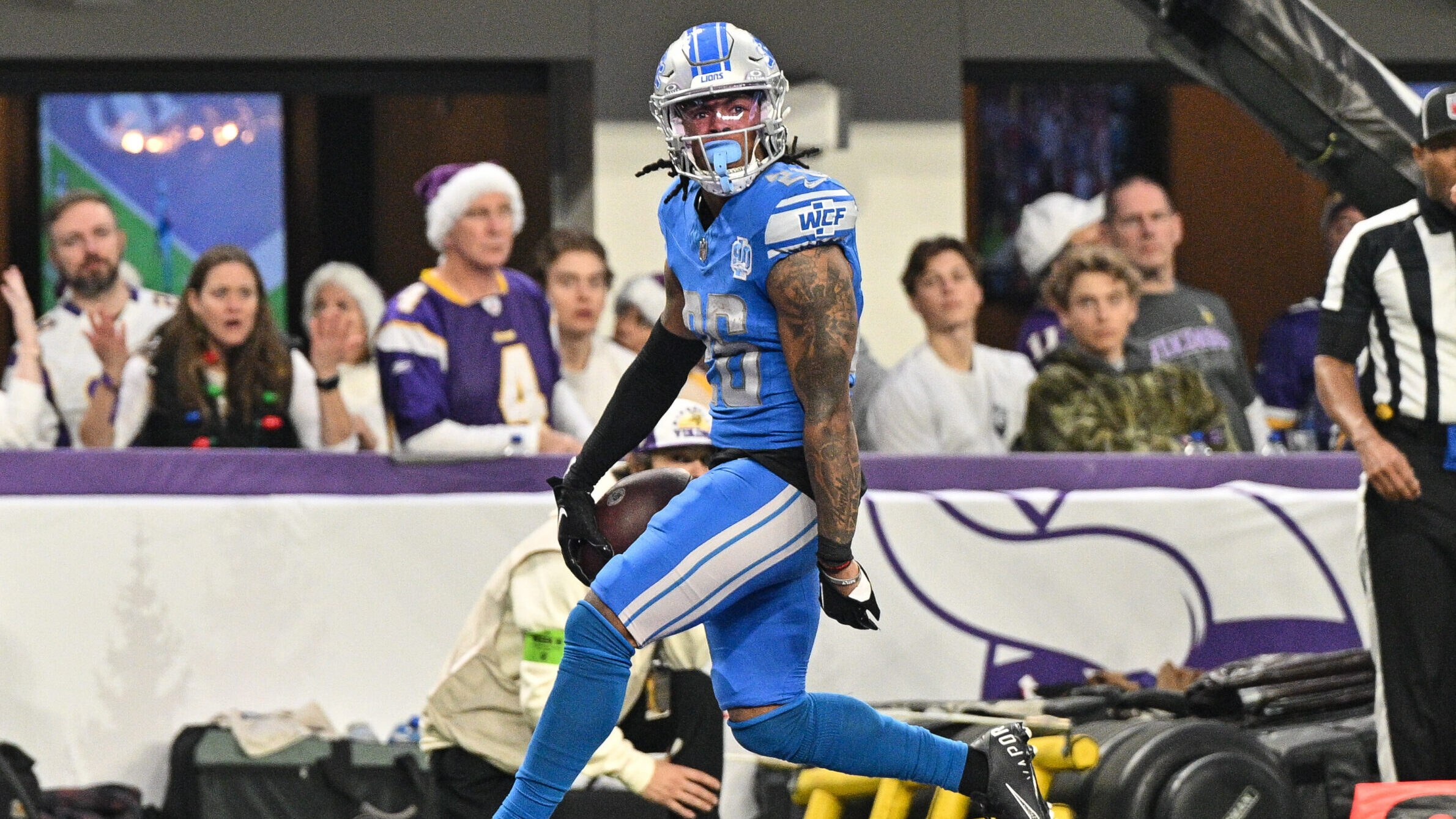Breakdowns
12/1/21
10 min read
Which Teams Are Getting the Best ROI On Offensive Investments?
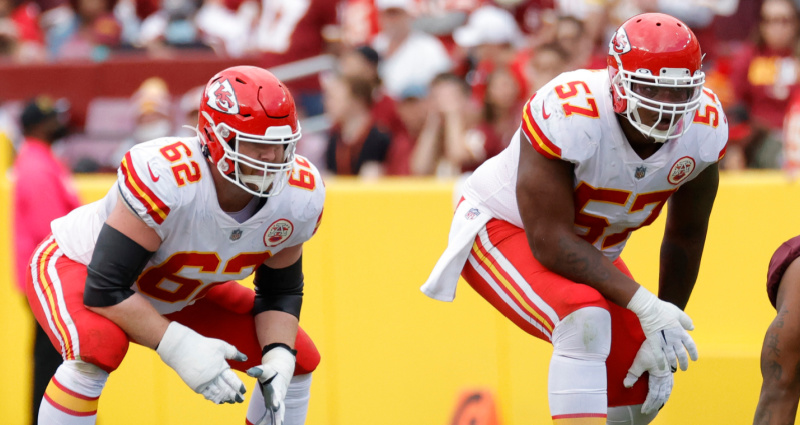
One of the more popular ways to measure the success of a play in the NFL is Expected Points Added, abbreviated as EPA. Teams aim to have a high offensive EPA and a low defensive EPA, resulting in the maximum expected number of points scored while allowing the fewest. This metric can then be averaged throughout a season.
In order to see which teams have successfully constructed productive rosters, let’s take a look at which teams have gotten the best and worst returns on their player contracts. This is the second part of the series following our previous article,“Which Teams Are Getting the Best ROI On Defensive Investments," and this article will focus on the ROI for offensive investments:
The Best:
Kansas City Chiefs
Despite their slow start, the Chiefs seem to have found somewhat of a groove, winning their last four games and sitting atop the AFC West. Kansas City is notorious for their offensive firepower and although this has not been seen in its full effect, the Chiefs have the 2nd-most total yards in the league.
In regards to EPA per play, Kansas City has an average of 0.054 expected points added per play, ranking 6th-highest in the NFL. This is thanks to playmakers like Tyreek Hill and Travis Kelce who each rank in the top four for their respective positions in receptions, receiving touchdowns and targets. However, the most impressive facet of the Kansas City offensive has been their offensive line production. Their most commonly used line consisting of Orlando Brown Jr., Joe Thuney, Creed Humphrey, Trey Smith and Lucas Niang has been elite; each of these players have PFF offensive grades in the top 68 among offensive linemen with at least 100 snaps.
Additionally, the Chiefs have the 5th-lowest amount of cap money devoted to offensive players. This great production despite spending less than most teams in the league, helping to build a case for getting an excellent return on investment.
The aforementioned dominant offensive line constructed by the Chiefs has been done with some very economical players acquired through the draft. Creed Humphrey in particular has been a star at center for Kansas City this season. The 2021 second-round draftee has allowed a pressure percentage of 1.7%, the 8th-lowest among all offensive linemen in the NFL, not just among rookies. Humphrey has the highest PFF offensive grade of all centers with at least 40 offensive snaps despite having a cap hit of just over $1 million.
Playing on his right is another 2021 draft selection who has outperformed expectations in Trey Smith. The sixth-round selection ranks in the top 11 for guards in PFF offensive grades, the only rookie in this category. Like Humphrey, Smith is making less than $700,000, the 7th-smallest cap hit among players currently playing for the Chiefs.
To Smith’s right is Lucas Niang, a third-round pick in 2020. Niang ranks 9th in PFF offensive grades among offensive tackles drafted in the past two seasons, and he was the 3rd-lowest draft selection among these nine players. Following the trend, Niang is making less than $900,000 this season, giving Kansas City another great deal on an effective offensive player.
General Manager Brett Veach and his staff should be given credit for being able to draft immediately impactful offensive linemen who do not consume a sizable portion of the salary cap, as well as offensive line coach Andy Heck’s development of these players.
Philadelphia Eagles
The Eagles appear to be trending upwards overall as they have outscored their last five opponents 145 to 88, resulting in three victories and placing them half of a game behind the 7th seed in the NFC. They also have the 9th-fewest turnovers while scoring the 8th-most points this season. Philadelphia has the 12th-highest EPA/play this season at 0.003 while being led on offense by quarterback Jalen Hurts.
Say what you want about him, but Hurts ranks 9th in the NFL in rushing yards, 5th in rushing touchdowns and 2nd in first downs on the ground. He also currently has the 9th-most big time throws in the league, a statistic used by Pro Football Focus. The Eagles have the least amount of cap money spent in the NFL on their offense at less than $61 million. This combination of a top 10 scoring offense while investing so little compared to other teams is incredibly impressive.
As a whole, the Eagles’ rushing attack has been very interesting to study. Hurts has accounted for over 33% of the team’s rushing attempts, and this aspect of their offense has ranked towards the top of the league. In fact, Philadelphia leads the NFL in total rushing yards, rushing touchdowns and rushing first downs. The Eagles also rank second in yards per carry and first in rushes gaining ten or more yards.
In addition to Hurts’ contribution to the running game, the Eagles have Miles Sanders, Jordan Howard, Boston Scott and Kenneth Gainwell in their backfield, with these running backs combining for 243 carries and 1,172 rushing yards. Totaling the cap hit for these four backs on their current contracts equates to about $3.55 million, putting them in the bottom half of the league for backfields in 2021 in this category.
Philadelphia is also being economical when it comes to right guard Jack Driscoll. The 2020 draft selection has started every game since the fourth week of the season, beginning at right tackle for his first game and shifting to right guard since. Driscoll trails just Trey Smith based on PFF offensive grades for guards drafted in the past two years.
To further emphasize his value, the former Auburn Tiger and UMass Minuteman has a cap hit of less than $850,000 this season. Unfortunately, amid his strong season, Driscoll injured his ankle in Sunday’s game and will miss the remainder of the season. The Eagles have constructed a team vying for the playoffs in 2021 while keeping their salary cap unbelievably low, an intelligent equation for the franchise moving forward.
The Worst:
New York Jets
The Jets are not off to the start the team had hoped for when entering the season, currently sitting with the 3rd-worst record in the AFC. Leading the league in turnovers with 24, New York has had trouble finding its identity on offense. This can be seen by their bottom-11 rank in the league in both points scored and total yards.
Their EPA per play ranks 5th-lowest in the NFL at -0.132, and they have spent at least $10 million more on their offense than each of the teams trailing them in EPA/play. This is the case because some of the players they paid larger amounts to have unperformed this season.
One player falling into this category is Corey Davis, who has a cap hit of over $12.6 million this year. Davis never had more than four drops in a season before this one, and in just eight games this year, he already has five which leads the team. The Jets made him the receiver with the 9th-highest cap hit in 2021, but he doesn’t even rank in the top 50 in receiving yards or receptions in the NFL this season.
Another player with an exorbitant contract yet not matching it with his play is George Fant. The offensive tackle has a cap number this year of nearly $10 million, the 4th-most among players designed as right tackles by Over The Cap. Fant began the season as the team’s starting right tackle, but he switched to left tackle in Week 1 after Mekhi Becton sustained an injury.
Although it may not be his preferred position, he had more career snaps at left tackle than right tackle entering this season. Fant doesn’t reach the top 55 in PFF offensive grades for offensive tackles with 50 snaps, and he isn’t even a top-two graded tackle on his own team. Another offensive lineman who has been overcompensated based on his play this season is Greg Van Roten who has a cap hit of over $3.6 million. Of all guards in the league, Van Roten has conceded the 4th-most pressures. However, the contract with the lowest return on investment for the Jets might be Dan Feeney’s. The guard has a cap hit of more than $4.2 million, yet he has not played his primary position of guard at all.
Truth be told, he has only played six offensive snaps this year, lining up as an extra offensive lineman for each of these plays. Contracts like these have contributed to the Jets having the 5th-highest offensive payroll while having the 5th-lowest EPA per play, a poor recipe for success.
Cleveland Browns
Despite having a record of 6-6, the Browns currently find themselves tied for last in the ultra-competitive AFC North and out of the playoffs at the moment. They have lost five of their last eight games, and Cleveland barely mustered enough to top the winless Lions in Week 11. The Browns have an EPA/play of -0.027, the 18th-highest in the league, despite having poured the most money into their offense in the NFL by over $10 million.
For context, the average cap amount invested into each team’s offense this season is around $81.2 million; the Browns have put more than $113.7 million in their offense. To not rank in the top half of the league in EPA per play but have more than $30 million above average invested in their offense should be viewed as disappointing.
One player who has not lived up to his contract in 2021 so far is Jarvis Landry, who has the largest cap hit on the team at over $14.7 million. Although he missed time early in the season with an MCL injury, Landry has not produced well when on the field. He is averaging 10.8 yards per reception, the lowest in a season since joining the Browns.
Focusing on passers Baker Mayfield and Case Keenum for Cleveland, these two have a combined cap hit of over $17.9 million in 2021. This places both players in the top 25 in cap number for this season at the quarterback position, the only team to have two players in this category. However, the Browns rank in the bottom 8 among teams in PFF passing grade, passing touchdowns, completion percentage and passing first downs.
Another player making more money than their production may constitute is Austin Hooper; he does not rank in the top 20 for receptions, receiving yards, receiving touchdowns or first downs among tight ends. But, Hooper has the highest cap number in 2021 of every tight end in the NFL. Despite this, he isn’t even the highest-graded tight end on his team since David Njoku and Harrison Bryant both have higher PFF receiving grades than him.
Lastly, Jedrick Wills Jr. has a cap hit of almost $4.5 million, but his play has not matched this contract. The left tackle is in the top 20 for the most quarterback hurries, pressures and sacks allowed and for offensive tackles this year. The Browns’ extortionate offensive payroll coupled with their below-average offensive production makes this a disappointing study for Cleveland, bringing into question whether the Browns are maximizing the talent on their expensive roster.
All information taken from Over the Cap, PFF and Pro-Football-Reference
